Every ten years in early spring––like clockwork––anticipation gives way to delight for local, family, and American historians. That’s because on April 1 of years ending in “2,” the National Archives releases data from the federal census taken 72 years earlier. And it’s not just any data––we’re talking names, ages, marital statuses, family members, occupations, and, in some cases, income, of every person listed in the census. Prior to these releases, the only available data for a particular census year is in the aggregate (like demographic statistics, trends, and overall population counts).
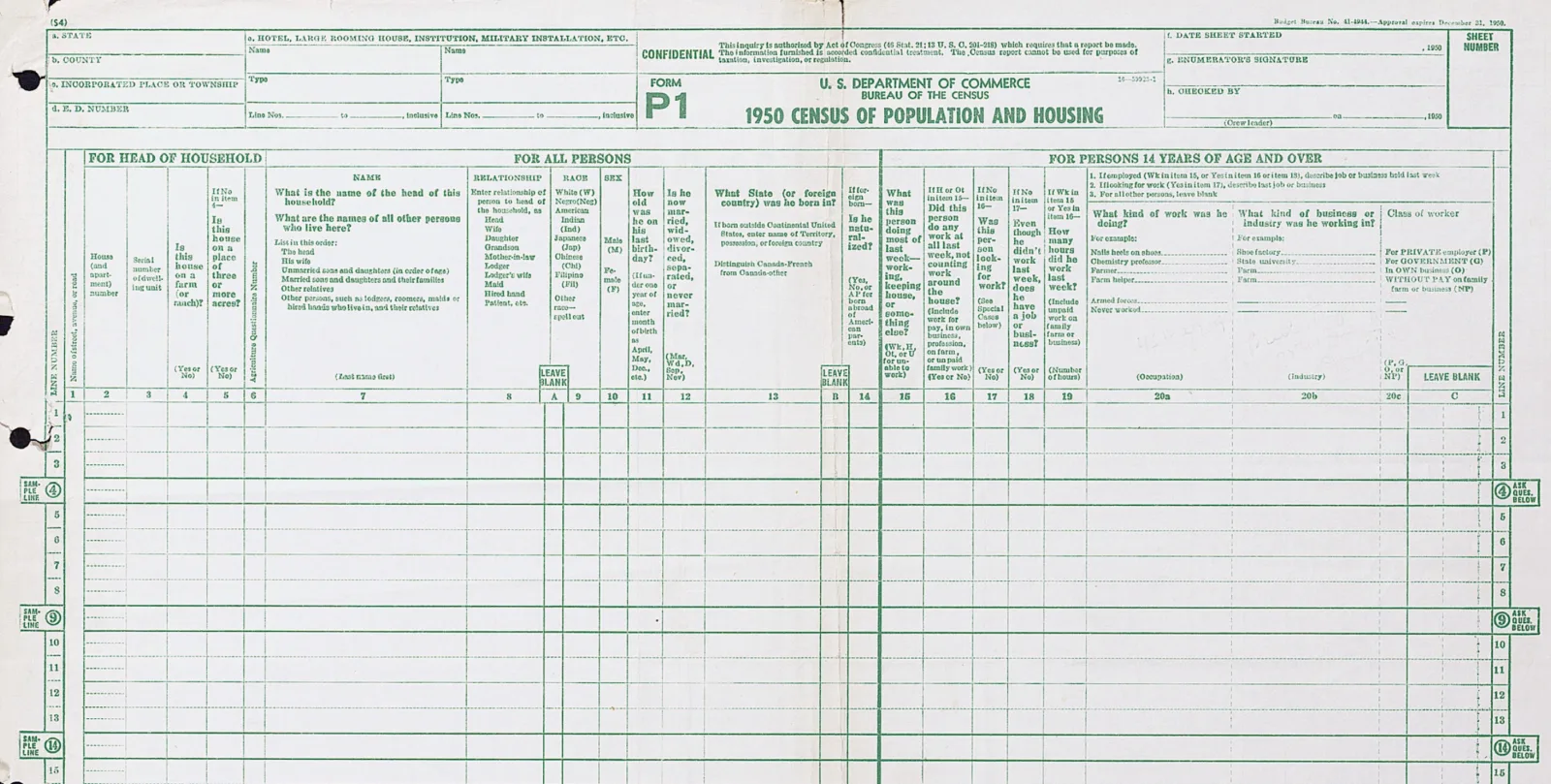
Because the census reached almost every household in the country, this is a lot of personal information coming into the public domain. As you can imagine, this individual information can be extremely helpful for genealogists, historians, and other people curious about their family or local history.
Searching the census can be a multi-step process, and that’s where we at the Newberry can help. When you go to the National Archives website to search for your parents, grandparents, or other relatives, you will see a rudimentary index that allows you to search by name. Our natural inclination is to search by name, since we are most likely to know our relatives’/ancestors’ names rather than other details about them. Feel free to use the name index provided by the Archives. But a note of caution: it’s messy. It utilizes AI (artificial intelligence) to interpret the handwriting on all the population schedules (yes, they were handwritten in 1950), with decidedly mixed results.
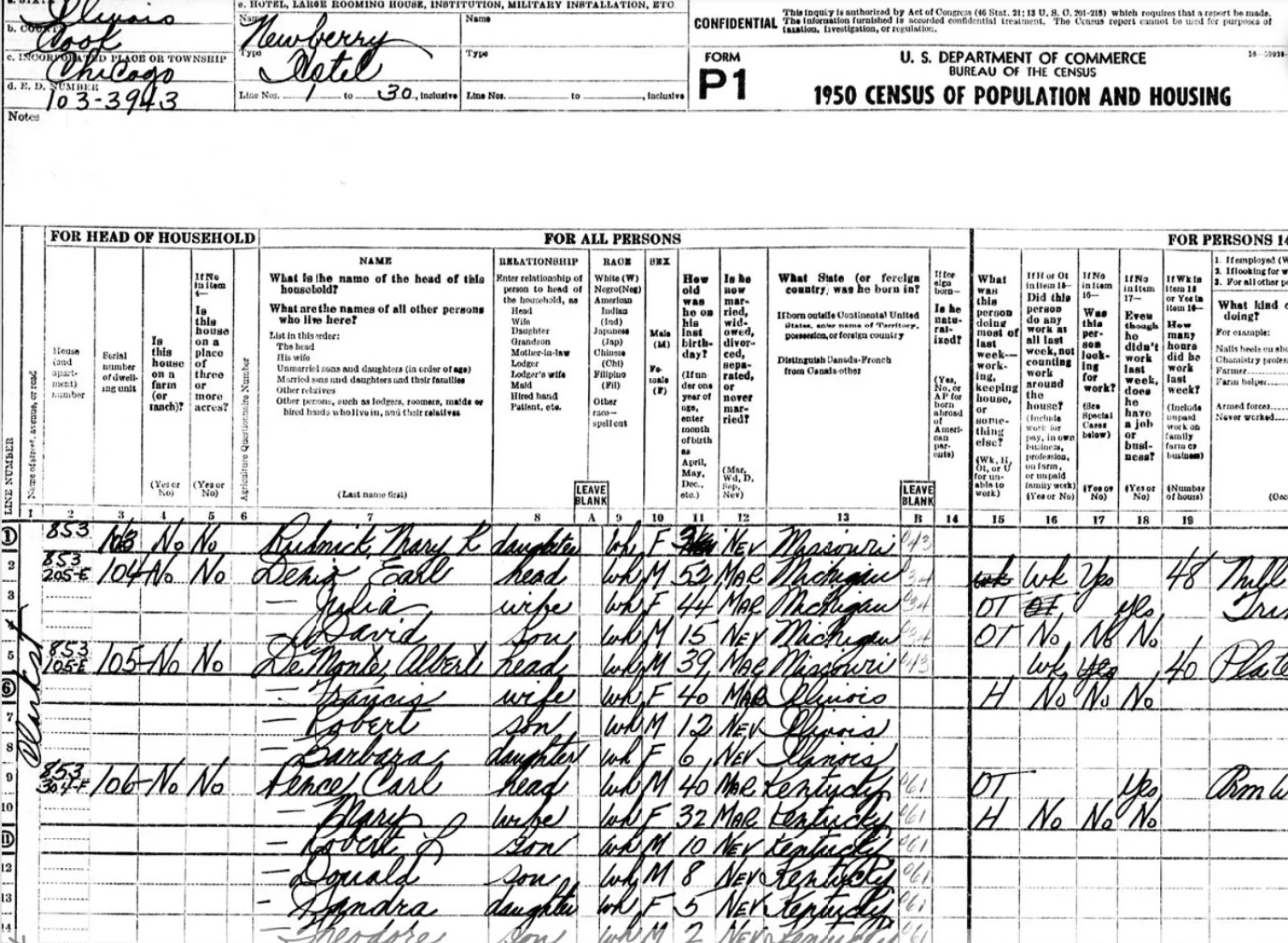
The real bang for your buck in name searching will be when the major genealogy databases (Ancestry.com, FamilySearch, and MyHeritage) complete their own human-developed name indexes. That’s likely a few months away, since there were over 131 million names enumerated in the 1950 census.
While we wait for these more accurate name indexes, the most effective way to search the 1950 census is by address––or more specifically, by enumeration district (ED). Enumeration districts are the smallest geographical unit of the census. Identifying which ED your relative/ancestor lived in then allows you to browse a set of 30-50 census pages to find them. By searching this way, you are sidestepping the pitfalls of a preliminary name index. Even after the major databases release their name indexes in a few months, searching by ED is still a helpful technique in cases where you know where your relative/ancestor lived.
The first step in searching by ED is to determine where your ancestor/relative lived or likely lived. If you don’t already have this information, look at family documents like letters, diaries, captions on photographs, address books, and newspaper clippings. Other sources to consider are church records, school records, naturalization documents, and birth/marriage/death certificates. Reference staff at the Newberry can help you find these, and we also hold many city directories, telephone directories, and censuses that can be extremely helpful.
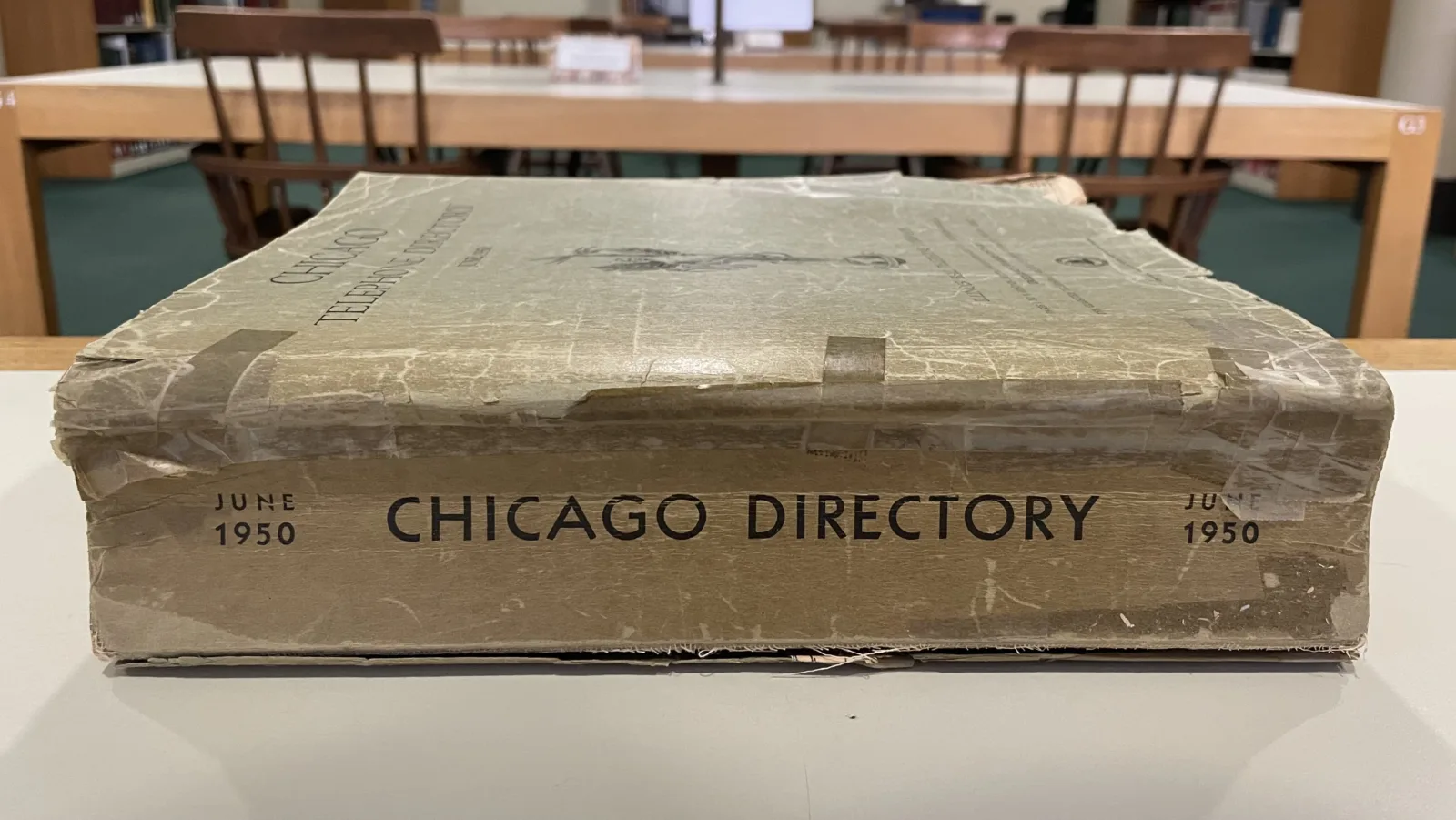
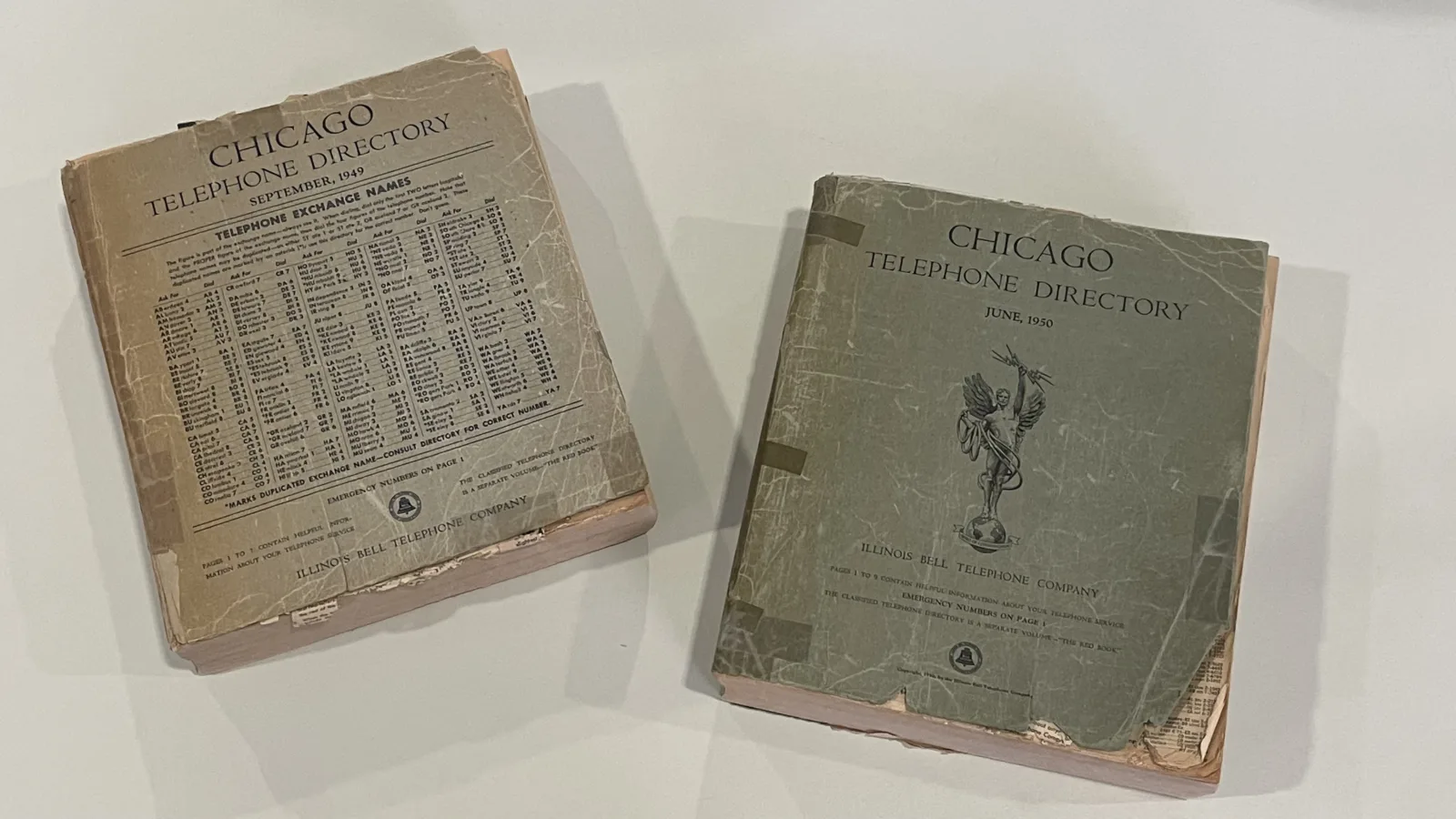
Once you have an address, or suspected address, go to Steve Morse’s Unified Census ED finder. This tool is loaded with prompts to aid you in determining the ED that contains your address. For urban areas, it helps to know the cross streets and back street of the location. For rural areas, the tool links to the National Archives’s ED maps. If you have any questions about using this tool, please contact us at the Newberry, as we are quite familiar with its intricacies.
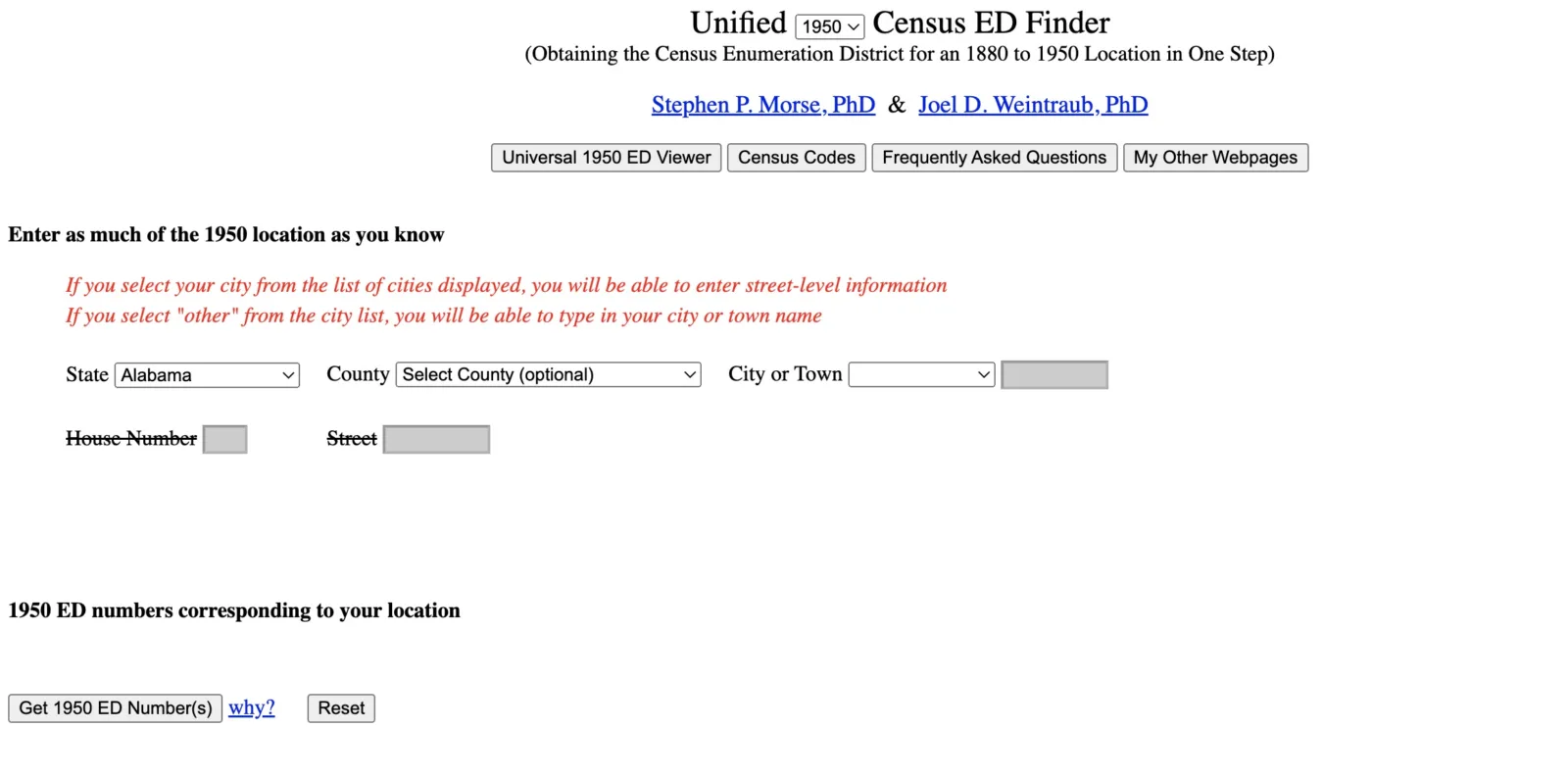
When you have an ED, go to the National Archives 1950 site, enter the ED, and then browse the images. One tip to help you narrow the search down as you’re looking through images is to read the street name, written vertically on each page in column 1. That allows you to bypass all the entries on streets that are not your own. And then when you are looking at your street, the house number is in column 2.
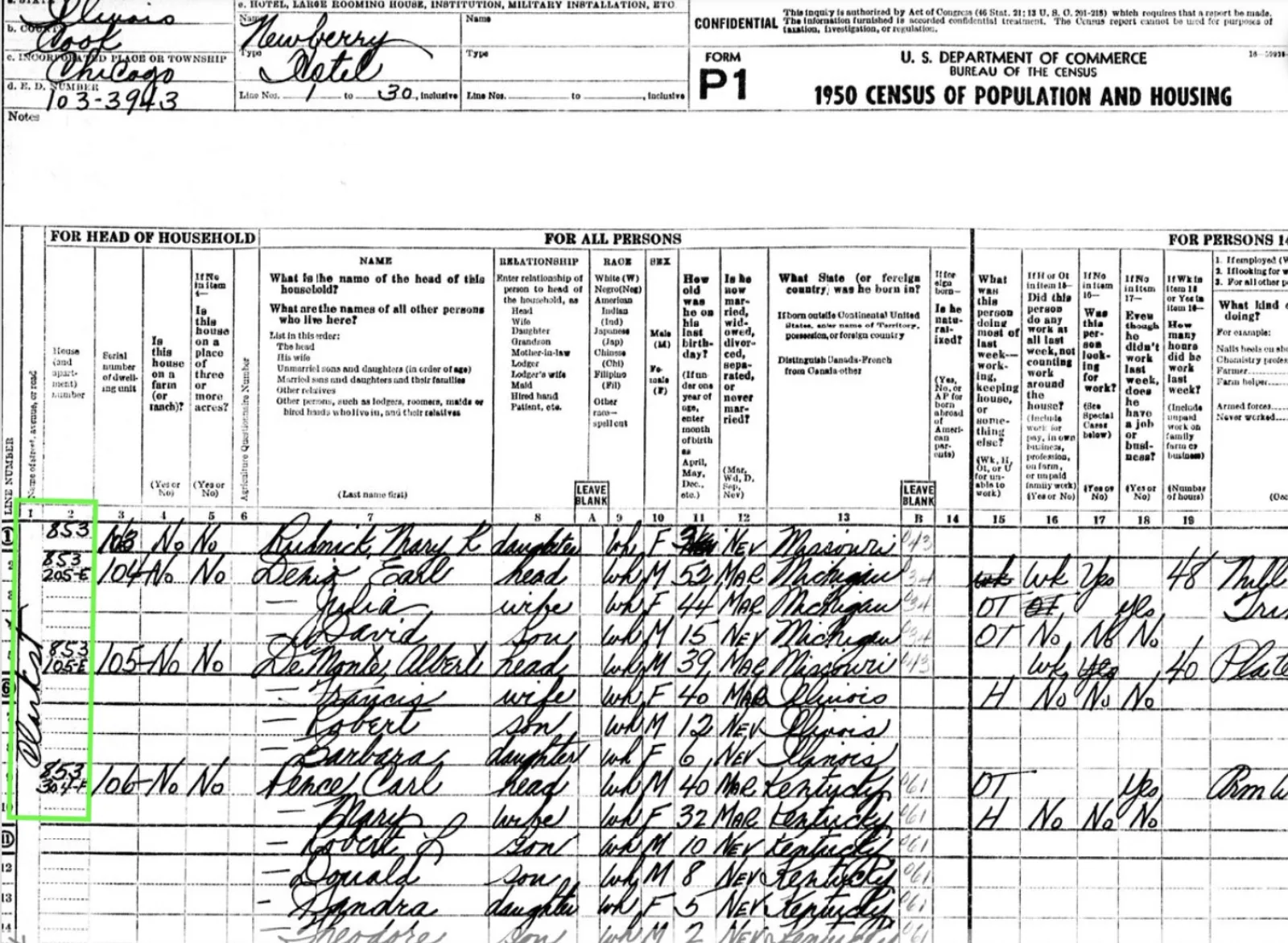
I hope I’ve convinced you to search the 1950 census. So many of the changes the country experienced in the 1940s are reflected in these census pages: women entering the workforce en masse, veterans returning home to new careers thanks to wartime training and the G.I. Bill, families moving to the suburbs, and the beginning of the population explosion that became the Baby Boom. Americans living abroad were enumerated for the first time. And, for many of us, it’s the first appearance of our grandparents or parents in the censuses. So join the stampede of family and local historians and check out this American snapshot in time!
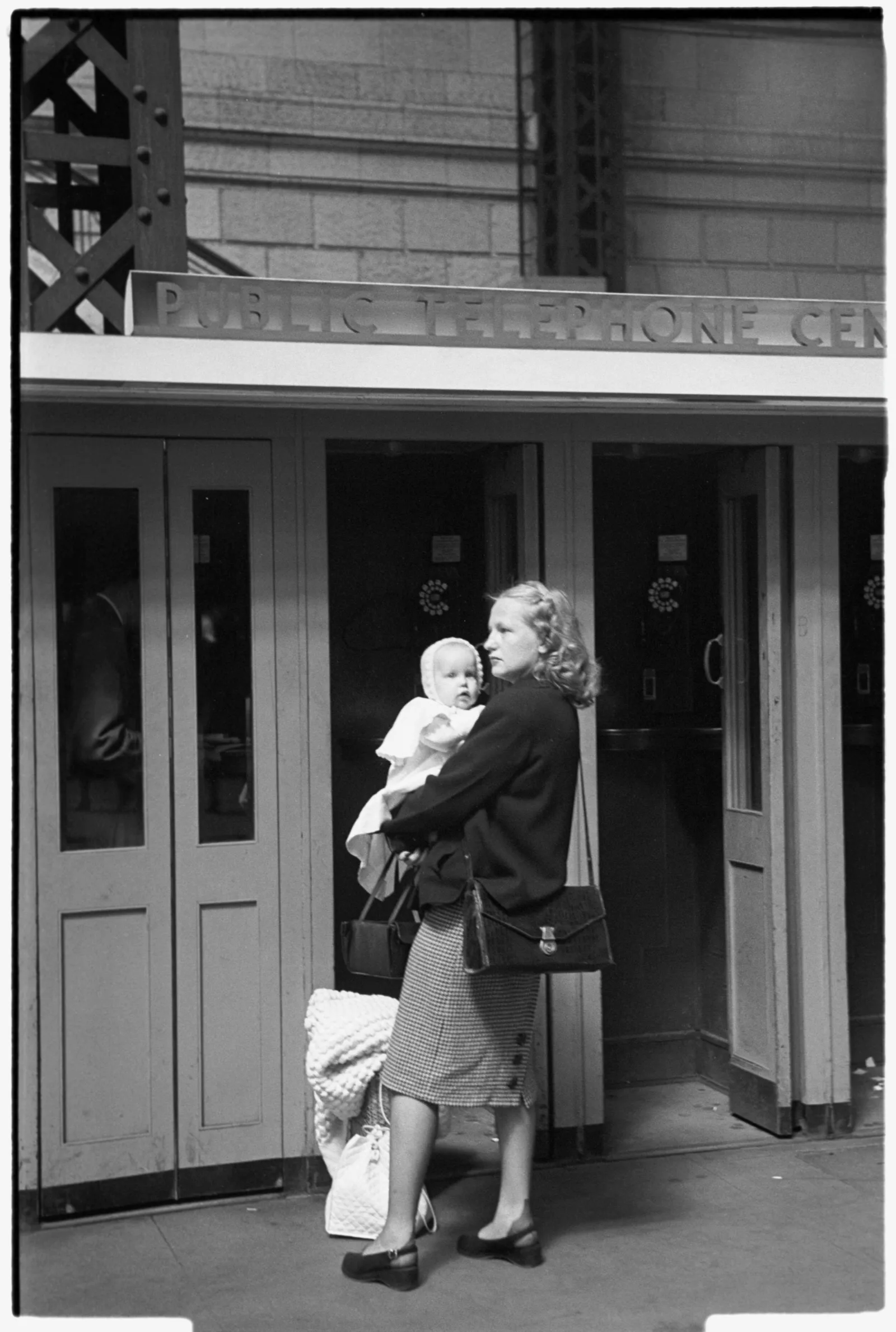
If you have any questions, contact our genealogy specialists and reference librarians at (312) 255-3512 or via email.
Email UsAbout the Author
Matthew Rutherford is the Curator of Genealogy and Local History at the Newberry Library.